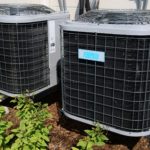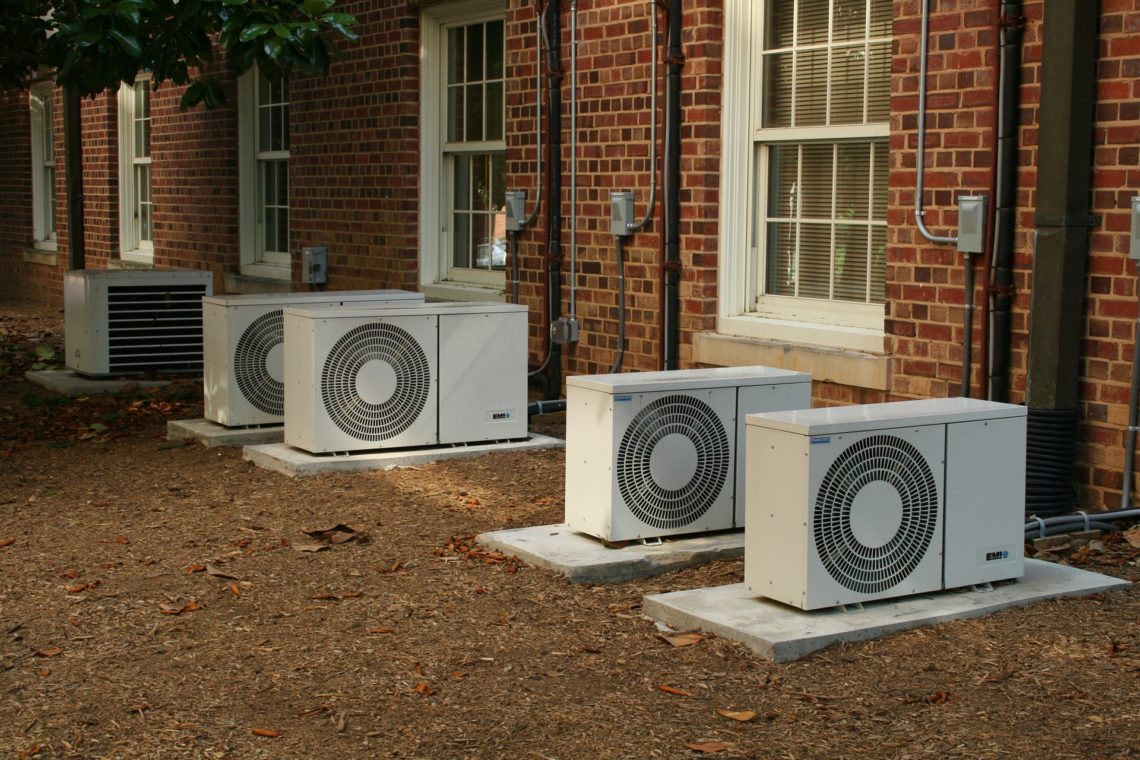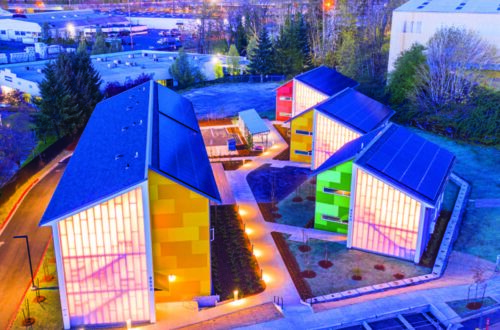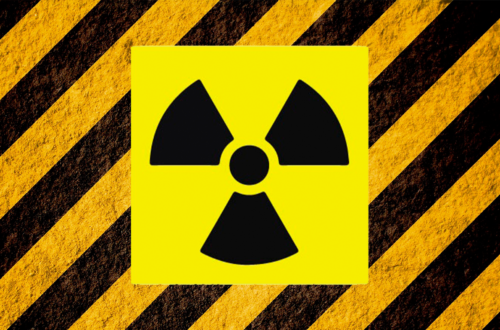A sustainable home is one that will not only contribute to a cleaner environment but also enable homeowners to enjoy significant savings on their utility bills every year. Naturally, there are many factors involved in constructing such a home, including home size and design, materials used, and window placement. Selecting an efficient heating, ventilation, and air conditioning (HVAC) system is also an integral part of building an eco-friendly home. Following are three ways that proper selection and maintenance of HVAC equipment can allow home and building owners to save money and the environment.
Saving Energy
 Proper design, installation, and maintenance of HVAC equipment are essential to ensuring that it operates efficiently. In fact, using an air conditioner that is too large for the building is one of the top three ways in which homeowners miss out on valuable energy savings. An oversized A/C unit cannot adequately remove moisture from the air, which may cause occupants to turn down the temperature in an attempt to cool the home.
Proper design, installation, and maintenance of HVAC equipment are essential to ensuring that it operates efficiently. In fact, using an air conditioner that is too large for the building is one of the top three ways in which homeowners miss out on valuable energy savings. An oversized A/C unit cannot adequately remove moisture from the air, which may cause occupants to turn down the temperature in an attempt to cool the home.
When selecting a new HVAC unit, which is recommended if the system is more than ten years old, there are several options to choose from. The U.S. Environmental Protection Agency (EPA) gives some of the most energy efficient equipment its ENERGY STAR label. Depending on where they live, homeowners can save more than $115 a year by opting for ENERGY STAR systems. In addition, as much as $180 can be saved annually if programmable thermostats are installed.
After choosing the appropriate HVAC system for the home, it is important to correctly install and maintain the equipment, as improper installation can reduce efficiency by as much as 30 percent. Recommended maintenance practices include changing the filters at least every three months, having the unit tuned up on a yearly basis, and sealing and insulating heating and cooling ducts.
Reducing Carbon Emissions
Most air conditioners run on electricity that is derived from coal-fired power plants, and the burning of fossil fuels is a primary source of the greenhouse gases responsible for global warming. Fortunately, there are new HVAC technologies that can help reduce HVAC-related carbon emissions by up to 25 percent by 2050, such as active solar thermal units, high-efficiency heat pump systems, and thermal energy storage facilities. Geothermal HVAC units are another eco-friendly option for homeowners. Utilizing renewable energy and reducing the carbon footprint of a building can earn homeowners points toward their Leadership in Energy and Environmental Design (LEED) certification.
Conserving Water
When most people think of eco-friendly heaters and air conditioners, they tend to only consider energy efficiency. However, it is important to take into consideration that many HVAC units in larger buildings, such as those housing apartments and lofts, use a significant amount of water. In fact, studies have shown that heating and air conditioning may account for up to 25 percent of a building’s entire water consumption.
If a large, commercial HVAC system is properly used and maintained, then the cooling tower will account for nearly all of the unit’s water consumption; however several measures can be implemented to improve the performance of cooling towers and reduce the amount of water they use, such as monitoring water levels to prevent overflow; installing drift eliminators to redirect airflow and reduce water loss; and identifying ways to reduce cooling loads, which would also lower energy use.
Depending on where a central A/C unit is located, the condensed water dripping from the central A-coils can be captured, stored, and then used at a later date to water the lawn or wash the car. A central air conditioner can produce up to 20 gallons of water per day, and reusing this water can enable a building owner to save money.
Sustainable Homes for Healthy Communities
Given the fact that an HVAC system accounts for over half of all electricity consumption in the home, one will naturally want to do everything possible to save energy and lower the electric bill. However, creating a sustainable home is about more than money; it contributes to a cleaner environment and healthier communities—a consequence that can be enjoyed for generations.







4 Comments
Gotham Air
Great tips on eco-friendly HVAC choices! Energy efficiency is so important for sustainability and cost savings. Thanks for sharing these valuable insights!
Jay Sarmiento, HVAC Residential
Thank you so much for writing such well defined informative blog. It’s really great to see people helping the eco system even in the simplest way they can. Hoping to see more blogs like this in the future as well.
Dan
Thanks for sharing Kathy, I will also mention that a clean HVAC system is more eco-friendly. Don’t forget to check periodically your system and call your technician at least once a year.
Jessica
This really makes good points. The little changes you make will really help the environment and you will also save enough money. It would be nice if everyone will take part in this movement.